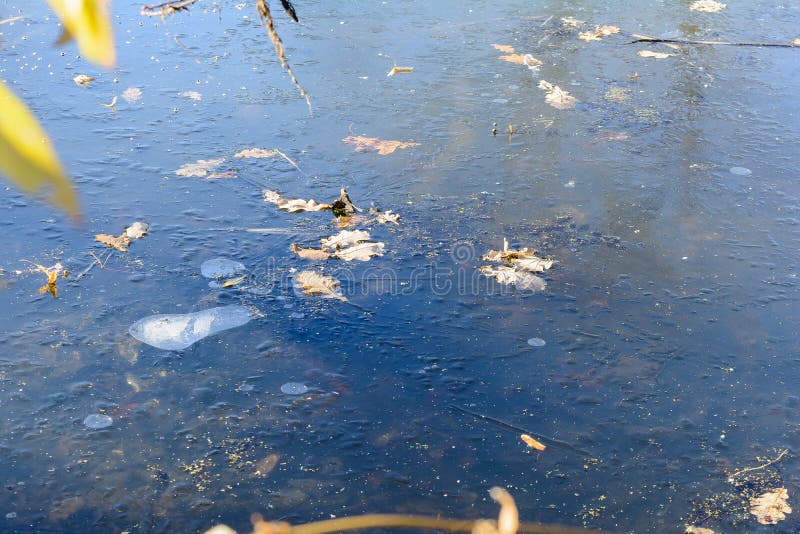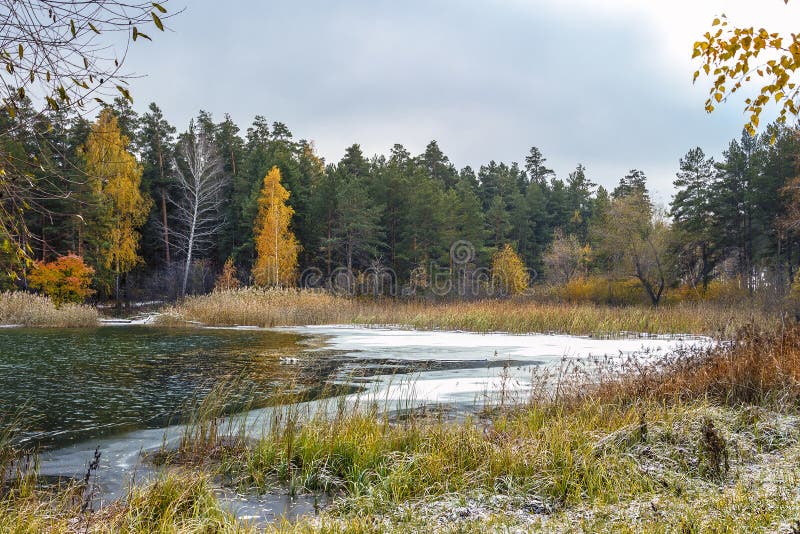
In off-network syndication, a program whose first airing was on network television (or, in some cases, first-run syndication) is licensed for local broadcast on individual stations.

Often it is made specifically to sell directly into syndication and not made for any particular network. In first-run syndication, a program is broadcast for the first time as a syndicated show.
RED FROST LINE RIVER FIRST RUN TV
Three common types of syndication are: first-run syndication, which is programming that is broadcast for the first time as a syndicated show and is made specifically to sell directly into syndication off-network syndication (colloquially called a " rerun"), which is the licensing of a program whose first airing was on network TV or in some cases, first-run syndication and public broadcasting syndication. Shows can be syndicated internationally, although this is less common. Syndication is less widespread in the rest of the world, as most countries have centralized networks or television stations without local affiliates. It is common in the United States where broadcast programming is scheduled by television networks with local independent affiliates. ( Learn how and when to remove this template message)īroadcast syndication is the practice of leasing the right to broadcasting television shows and radio programs to multiple television stations and radio stations, without going through a broadcast network. ( March 2020) ( Learn how and when to remove this template message) You may improve this article, discuss the issue on the talk page, or create a new article, as appropriate. If you’re looking to repair foundation damage ahead of the upcoming cold weather, contact Done Right Foundation Repair today.The examples and perspective in this article deal primarily with the United States and do not represent a worldwide view of the subject. The frost line in Texas varies greatly throughout the state, but it does help explain why the state has so few homes containing basements.
RED FROST LINE RIVER FIRST RUN PROFESSIONAL
Installing insulation isn’t an easy DIY task, so consult a professional if you’re concerned about frost heaving. As a result, frost heaving will be less likely to occur. This will keep the ground beneath a little warmer. You can use extruded polystyrene insulation to lower slab heat loss. The result is serious soil disruption, which can damage the foundation of your home.Ī cheap way to combat frost heaving is to put insulation in place.


What is Frost Heaving?įrost heaving occurs when groundwater freezes and mounds of dirt on the surface rise or “bubble up.” It gives a “pitcher’s mound” look when it erupts above ground. Sometimes a simple cloth covering (burlap or bed sheets work well) can make the difference between a plant freezing and surviving a cold night during winter. It just takes the roots freezing over for the plant to die. If the ground gets cold enough the damage can travel. Once the water freezes, it will destroy the plant’s genetic integrity due to rapid expansion and contraction. So avoid watering your plants when a cold front is on the horizon. You just have to make sure the plant doesn’t freeze – both above and below ground. With less bugs and more rain, it makes perfect sense to garden in the winter. There is still time to repair any problems before large temperature fluctuations cause the soil to expand or contract. The end of fall and beginning of winter is the perfect time to check for foundation damage. Under slab plumbing leaks can occur when frozen pipes burst under your foundation. On the off chance that a large winter storm is about to hit Austin, be sure to take measures to prevent pipes freezing. Though there have been cases where the frost line extends as far as four feet underground, this is very atypical of Austin winters. Residential water lines are typically put a little more than two feet below the ground’s surface in Austin. It depends on the area of the city where your home is located. In Austin, there is not a specific frost line.

How deep does the frost line go in Texas?Īccording to state regulations, several counties have a frost line depth of 12 inches. This invisible line indicates how deep groundwater is expected to freeze. So a “deep ground freeze” isn’t your biggest concern, but a low frost line can cause trouble. The winters are relatively warm in Texas, with freezing temperatures only lasting for short periods.


 0 kommentar(er)
0 kommentar(er)
